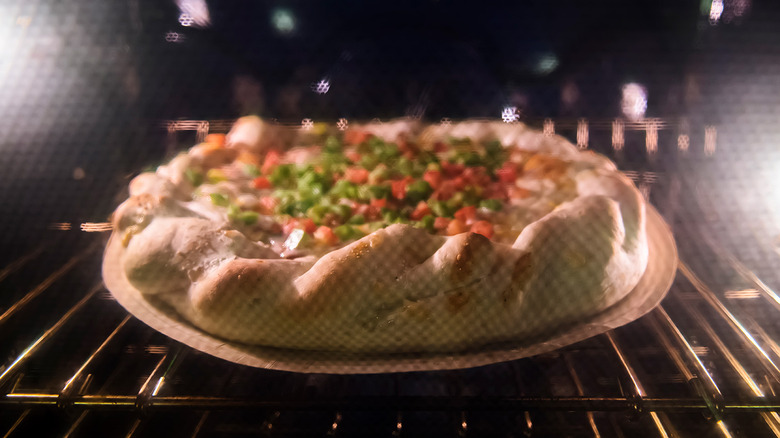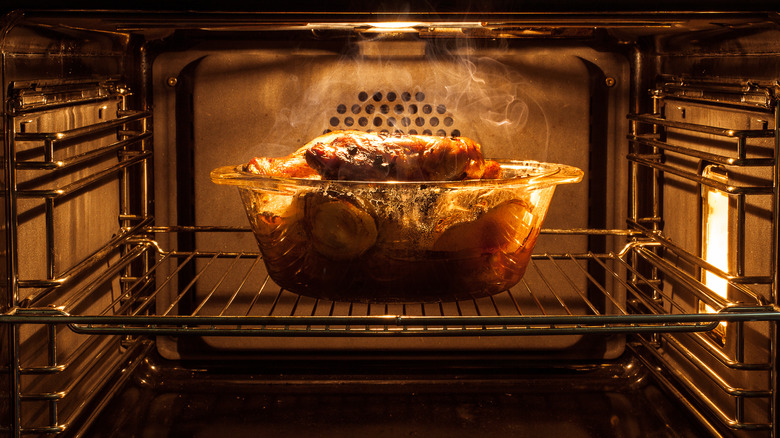When To Use Your Oven's Convection Setting
To know this setting is to love this setting
Once a function reserved for only the fanciest of kitchen appliances, the convection fan has suddenly become something we can't live without.
It's not hard to see why: It's undeniably cool seeing that little fan whir into action behind your roasting chicken. But aside from giving you a little kitchen street cred, how exactly does this nifty setting affect your cooking?
Using your oven's convection setting causes your food to brown faster and cook quicker.
The fan's primary function is to circulate hot air inside the oven, transferring heat into your food more efficiently. That means your pork tenderloin and cheesy casseroles will cook faster without drying out, while at the same time achieving a perfectly golden crust. The fan also distributes heat more evenly than a traditional oven, allowing you to avoid pesky hot spots, as well as bake multiple sheets of cookies at once.
But before you get too convection crazy, know that not all foods are suited for this method.
Delicate pastries like macarons and crisp meringues will turn an unappealing beige when baked in a convection oven. The quickly moving air can also disrupt more fragile dishes like light, fluffy soufflés. Convection fans tend to make for a drier climate—perfect for keeping fried chicken nice and crunchy, but not so pleasant for a silky cheesecake, which requires a more moist cooking environment.
RELATED One Simple Step, and You'll Never Have to Clean Your Oven Again "
Although it's tempting to try to cut down on cooking time by loading your oven with dishes, crowded shelves can block the fan and render it ineffective. It's also a good idea to reduce your recipe's recommended temperature by around 25 degrees (many ovens will automatically do this for you) to make sure your food has time to finish cooking on the inside without burning the outer layers.

